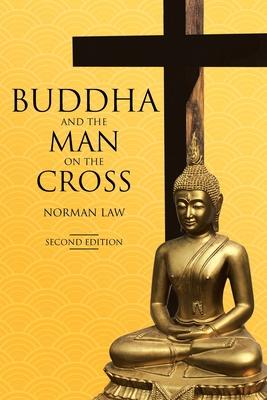This book does not go into the volumes of rules, discourses, and teachings set out in the Buddhist canon but addresses directly the essential doctrines of the Buddhist faith shared by all the different sects of Buddhism. It is essentially written for easy reading while capturing the essence of the Buddhist faith and that of Christianity. More importantly, it dicusses the major doctrine of self-denial, meditation methods, enlightenment, and the Samsara cycles, etc., came from.
The book will compare the beginnings and the basic tenets of the Buddhist faith with that of Christianity. It briefly describes the basics of both faiths and the different definitions of what happiness and blessings are. It addresses fundamental doctrines of the Buddhist faith regarding the Samsara cycle, self-denial meditation, Nirvana, and hell, as compared to the Christian beliefs in salvation, resurrections, eternal life, and hell. This second edition cites from the ancient sacred Vedic Hindu texts, from whence the Buddhist's major doctrines were derived. You can compare it for yourself and draw your own conclusions.
It also explores the Gautama Siddhartha's famous Path to Enlightenment with the Four Noble Truths and the Golden Rule of the Noble Eightfold Path. It delves into Buddhist meditation of chanting and mantras versus Christian meditation. The basic doctrine of Buddhism is that only man can save himself, and that is compared with the Christian doctrine of salvation and eternal life. And finally, a comparison is made between Buddha (Gautama Siddhartha) with Jesus Christ of the Bible. Theravada Buddhism does not have any gods or deities, but all the other forms of Buddhism gave common gods with the Hittite, Matanni, Hurrian, Canaanite, and Sumerian civilizations.
